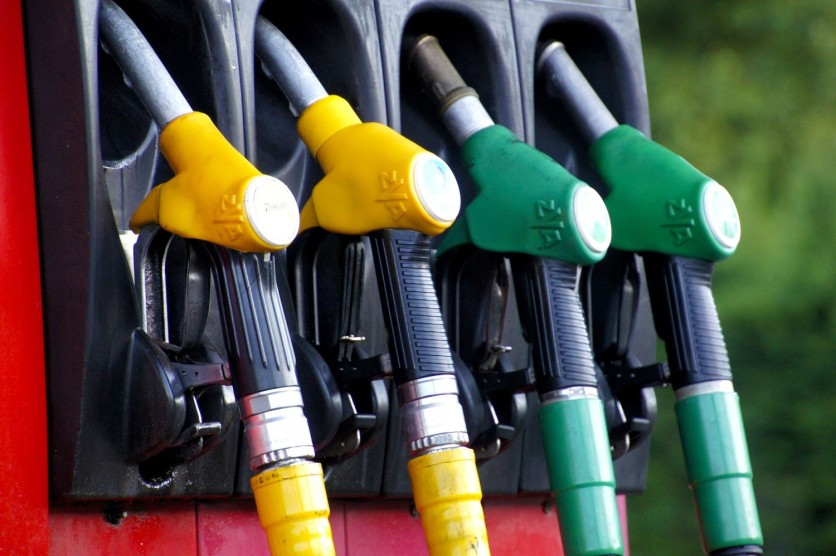A team of brilliant minds from the University of Cambridge has developed a game-changing solar-powered technology that has the ability to transform carbon dioxide (CO2) and water into liquid fuels, offering a green and renewable alternative for car engines.
Harnessing the extraordinary power of photosynthesis, the researchers at the University of Cambridge have achieved what was once thought impossible.
With the energy of sunlight, combined with CO2 and water, they have successfully synthesized multicarbon fuels, namely ethanol and propanol, in one seamless step.

Futuristic Fuels
These futuristic fuels boast an impressively high energy density, making storage and transportation a breeze.
Their unique ability to generate net zero carbon emissions sets these solar fuels apart from their fossil fuel counterparts. By relying on the infinite energy of the sun, they offer an entirely renewable and sustainable solution.
Moreover, unlike most bioethanol production methods, this tech does not encroach upon agricultural land dedicated to food production.
Although this technology is currently confined to the laboratory, the researchers firmly believe that their creation, aptly referred to as "artificial leaves," marks a crucial milestone in the transition away from a fossil fuel-dominated economy.
Bioethanol has long been hailed as a greener alternative to petrol, deriving its power from plants rather than finite fossil fuel resources. Presently, a significant portion of vehicles on the road are fueled by petrol blended with up to 10% ethanol, commonly known as E10 fuel.
The United States stands as the world's leading bioethanol producer, utilizing nearly 45% of its corn harvest for ethanol production, according to the US Department of Agriculture.
Professor Erwin Reisner and his team from the Yusuf Hamied Department of Chemistry are addressing the controversies surrounding biofuels by developing a sustainable and zero-carbon solution inspired by photosynthesis.
While earlier versions of artificial leaves produced basic chemicals like syngas, the researchers achieved a more efficient method, enabling direct synthesis of clean ethanol and propanol without the need for syngas as an intermediary step.
The transformative achievement was made possible by optimizing a copper and palladium-based catalyst, allowing the artificial leaf to produce intricate multicarbon alcohols like ethanol and n-propanol.
Shing Sunlight on Artificial Leaves
These high-energy-density fuels exhibit excellent transportability and storage capabilities. Notably, this is the first time such complex chemicals have been generated solely from solar energy using an artificial leaf, according to the team.
"Shining sunlight on the artificial leaves and getting liquid fuel from carbon dioxide and water is an amazing bit of chemistry," said Dr Motiar Rahaman, the paper's first author.
While the current device is a proof-of-concept with modest efficiency, the team is working on enhancing light absorption and catalyst performance to increase fuel conversion. Scaling up production for larger fuel volumes is also crucial to their future endeavors.
The findings of the team were published in the journal Nature Energy.





